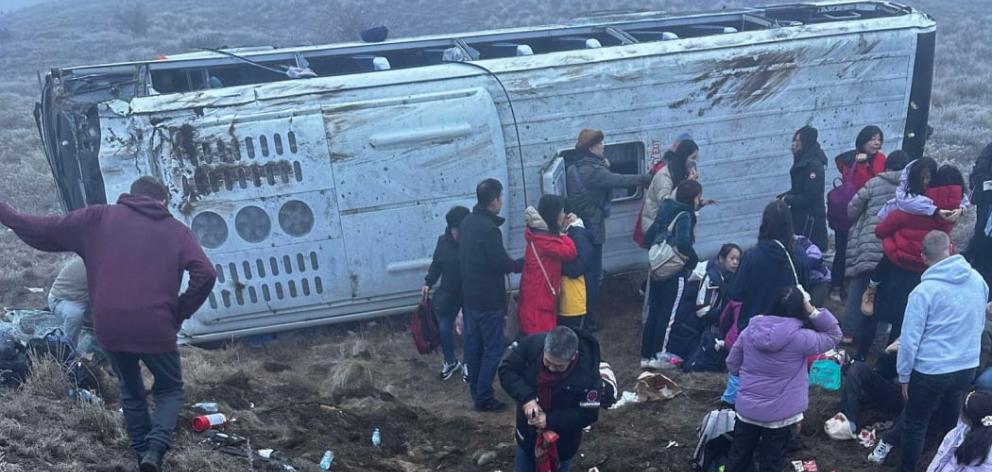
Last week, 24 people were injured in three crashes on the stretch of road between Twizel and Lake Tekapō, including two buses, while it was blanketed in fog and had a black ice warning.
NZTA had earlier said it was considering temporary lower speed limits for the road.
The agency's South Island manager Mark Pinner told the Otago Daily Times that from today the speed limit would drop to 50kmh from Simons Pass back to Lake Pukaki/Twizel/Ruataniwha, past the SH80 Mt Cook turnoff, a distance of about 28km.
He said this would reinforce the overall "drive to the conditions" message and was a further step informing road users of the need to slow down in freezing, icy conditions.
A fourth morning grit crew had also been added to the road for the foreseeable future, he said.
Pinner said the temporary limit would be reviewed "across the coming winter days to match the conditions/ground temperatures in this area and weather forecasts".
"In winters past we've never had this spate of incidents, it's all occurred over the last week, we've just go to understand a little bit more as to what caused those accidents and then we've also got to just understand the actions that we take."
A de-icing product and grit were used and forecasts were watched, Pinner said.
People were encouraged to drive to the conditions but it was an alpine area and they could change very quickly, he said.
Grit crews had been through the area before both the bus crash on Thursday and the multi-vehicle crash on Sunday.
"It's just the speed at which the ice does form.
"We're definitely proactive... we're just boosting those measures, we're putting those speed limits in now because we want to make sure there's more controls in place."
The agency also had to balance keeping the road open when possible, Pinner said.
Twizel Fire Brigade deputy chief officer Ian Gardner said a safe speed for the road when it was icy and foggy was 50-60kmh.
The fog and ice were not unusual for this time of year, Gardner said.
"We tell people to drive to the conditions but I don't think they really understand what the conditions are.
"When we turn up to the scene we put boot chains on our feet, on our boots, just like snow chains cause a lot of the times you can't even stand up on the road."
Roading crews had been doing a better job this year than previously but more warnings and reduced speed would help, Gardner said.
He told Morning Report the bus crashes highlighted the need for compulsory seatbelts in buses.
"We had two buses do complete rollovers and according to the bus drivers most of those people were wearing seatbelts so we only stretchered two people away from that scene, so that's pretty incredible for a bus rolling over."













